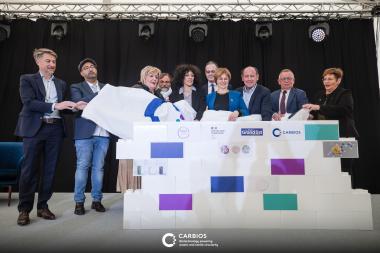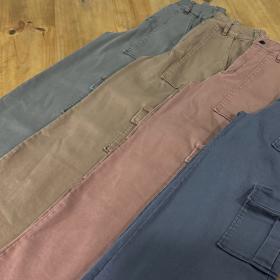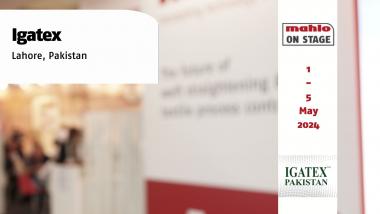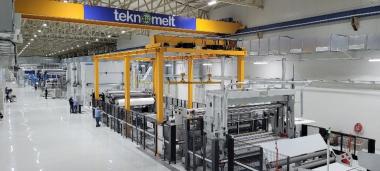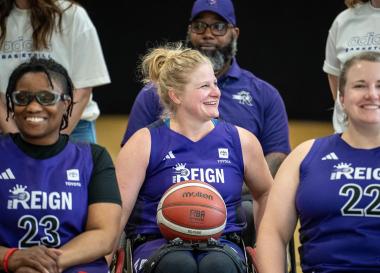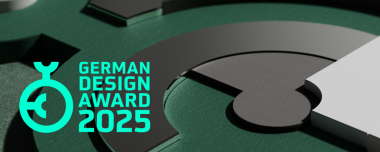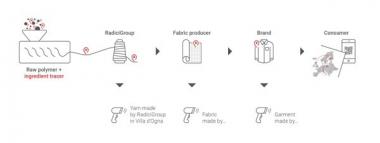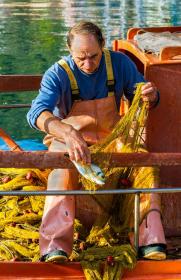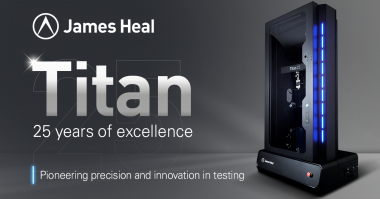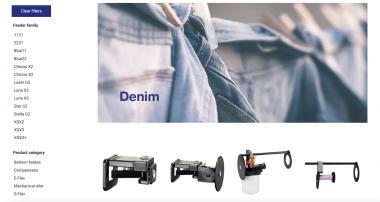SATCoL and Project Plan B: New polyester recycling plant in UK
A joint venture between Salvation Army Trading Company (SATCoL) and Project Plan B, known as Project Re:claim, has begun operations in Kettering, Northamptonshire - the first commercial-scale, post-consumer polyester recycling plant of its kind that provides a solution to the issue of polyester textile waste.
The plant will recycle post-consumer garments and other textiles, and supply the raw material back into the fashion and textiles industries.
The machine was installed in January 2024 and is now fully operational, with polyester pellets being produced from polyester waste. The plant is on track to recycle 2,500 tonnes of unwanted polyester this year, with a further 5,000 tonnes in year 2, and creates polyester pellets which can be spun into yarn for use in textiles along with other industrial applications. The pellets are expected to be integrated into the manufacturing processes of new products later this year.
polyester polyester recycling United Kingdom Salvation Army Trading Company Ltd Project Plan B
Salvation Army Trading Company Ltd















